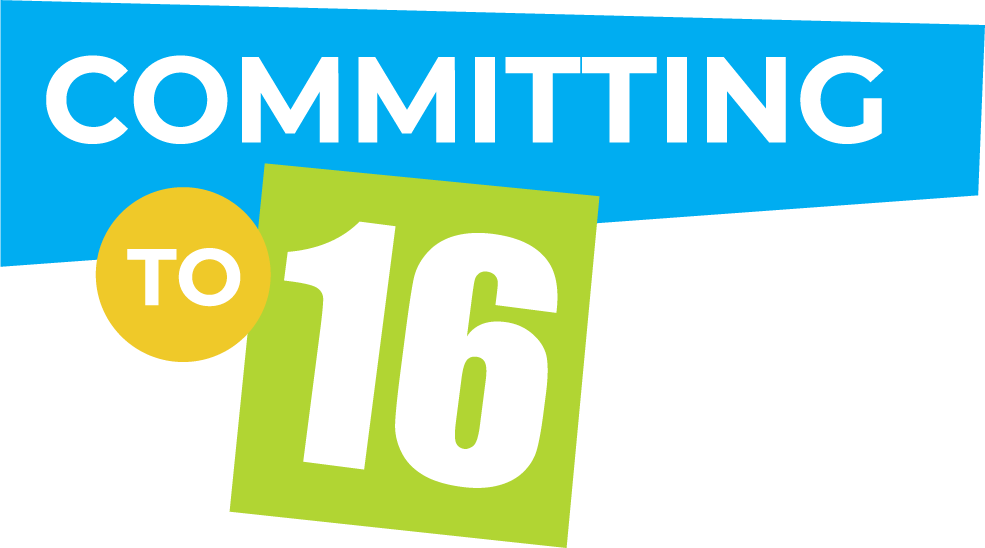
Hi! I’m Nurse Kelli, an RN and grad student studying to be a nurse practitioner.
I have been working with kids in schools as a school nurse and with youth in my church. One evening at girls camp, we were sitting around the fire and each girl got an opportunity to talk about her experience that week. I noticed that almost every girl mentioned how she didn’t have many friends, had anxiety, depression, or felt left out in her everyday life, but camp (no cell signal, no wifi) was great. Girls were being bullied and made fun of on social media. I asked one of the moms if her daughter gets bullied in her life outside of social media. Her reply was, “
is there a difference?”
What a great point!
Is there a difference in real life and social media life for teenagers? That’s where the idea for Committing to 16 started. Studies show that higher levels of depression, disordered eating, self-harm, suicide, and engagement in risky
behaviors are associated with adolescent social media use. There was a 56% increase in suicide in the 10-24 age group from 2007-2017. How do we stop this trend and save our families?
Prevention. Committing to 16 is designed to help prevent mental health issues that come with social media use in kids and teens by avoiding social media usage until 16, when brains and maturity are a little more developed, and kids
can handle it better.
Morgan chose to be the spokesperson for Committing to 16 when we discussed the pros and cons of having social media as a tween or teen. She is 13 years old, loves reading, cheerleading, and hanging out with friends. Watch her video
on the home page with your kids.
